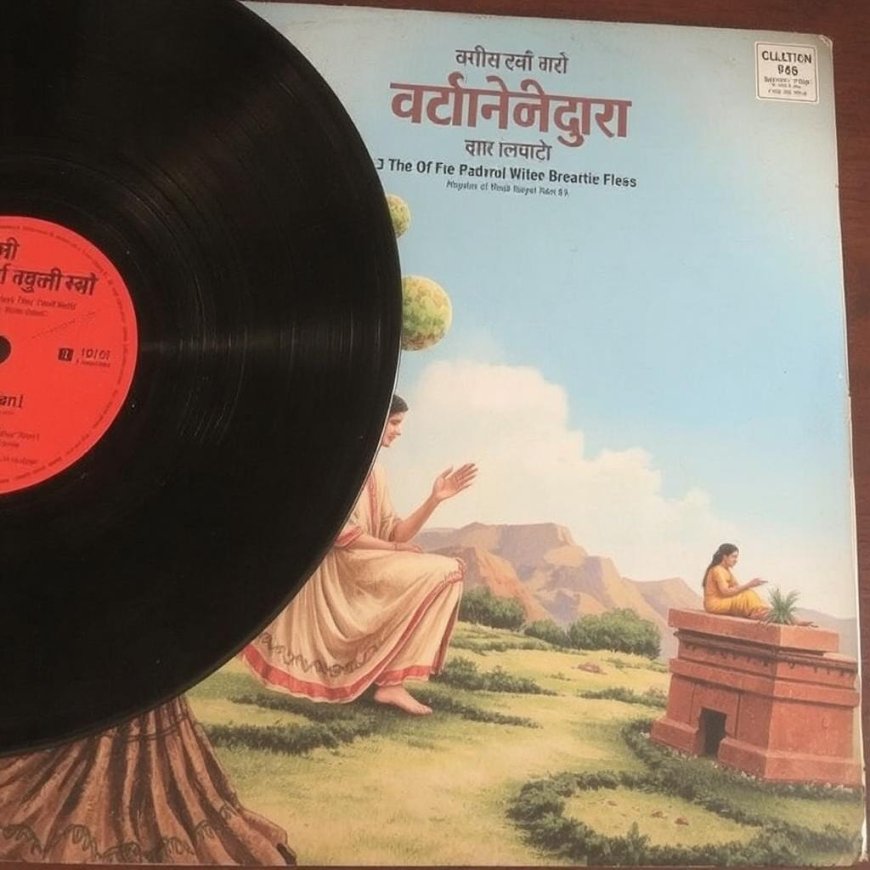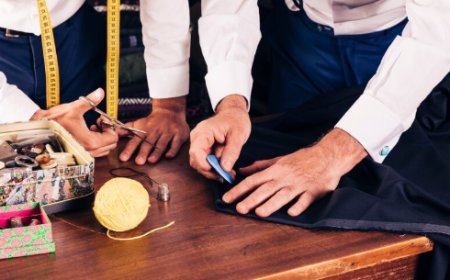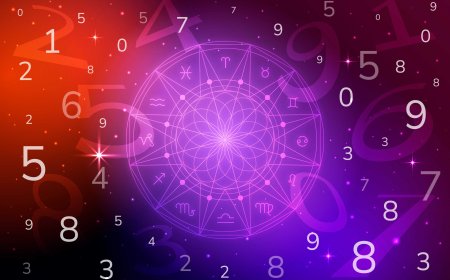Exploring Classical Indian Vinyl Records: A Journey Through Timeless Music

Classical Indian music is not just an art formit is a spiritual experience that transcends time and culture. And when this rich heritage is captured on vinyl, it takes the experience to another level. Classical Indian vinyl records are cherished not only by audiophiles but also by collectors, musicians, and cultural historians. In this blog, we delve into the world of classical Indian vinyl records, their history, cultural value, and why they are making a powerful comeback in the modern age.
The Origins of Classical Indian Music on Vinyl
The story of classical Indian vinyl records began during the colonial period, with the first recordings appearing in the early 20th century. Labels like His Master's Voice (HMV), EMI, and Polydor were instrumental in capturing the voices of legendary artists. These early pressings documented performances by pioneering musicians from both Hindustani and Carnatic traditions.
Indias classical music, traditionally taught in a guru-shishya (teacher-disciple) format, began reaching a wider audience thanks to vinyl. For many music lovers, these records offered a rare opportunity to listen to maestros who otherwise performed only in temples, royal courts, or exclusive gatherings.
Legendary Artists on Indian Classical Vinyl
Some of the greatest classical musicians have been immortalized on vinyl. These recordings offer not only a glimpse into the musical brilliance of the time but also serve as historical documents of Indias cultural evolution.
1. Ravi Shankar
The sitar virtuoso brought Indian classical music to the global stage. His collaborations with Western artists and solo recordings remain some of the most sought-after Indian vinyls globally.
2. MS Subbulakshmi
Known as the Queen of Carnatic music, MS Subbulakshmis devotional and classical performances on vinyl continue to be collector favorites.
3. Bismillah Khan
The shehnai maestro's soulful renditions found a powerful presence on vinyl, making his music accessible beyond ceremonial occasions.
4. Bhimsen Joshi
An icon of the Kirana Gharana, his recordings on vinyl reflect technical brilliance and emotional depth, especially in his khayal and bhajan renditions.
5. Lalgudi Jayaraman, Vilayat Khan, and Alla Rakha
These legends, along with many others, have their performances archived in vinyl format, allowing future generations to relive their magic.
Why Vinyl is Ideal for Classical Indian Music
Vinyl records offer a warm, analog sound that digital formats often fail to replicate. For Indian classical music, where microtones, improvisation, and the nuances of ragas are central, this warmth plays a crucial role in conveying emotion.
Each crackle and hiss of the needle adds an earthy charm that enhances the listening experience. The tonal depth captured by analog recording makes vinyl particularly suited for the long-form, meditative pieces typical in Indian classical performances.
Moreover, vinyls structureespecially the limitations of the side lengthoften encouraged artists to present a full raga or a focused thematic performance, making these records thoughtfully curated experiences rather than just musical compilations.
Collecting Classical Indian Vinyl Records
For collectors, classical Indian vinyl records offer more than musicthey are artifacts of cultural history. Whether you're an enthusiast or a new collector, here are some tips to build a quality collection:
1. Know Your Labels:
Look out for original pressings from HMV, EMI India, Polydor, and Odeon. These labels often worked directly with top artists and maintained high production quality.
2. Condition Matters:
Check for scratches, warps, and sleeve quality. Original sleeves with artwork and liner notes add value.
3. Research Before You Buy:
Some rare records, such as Ravi Shankars early works or rare Carnatic vocal recitals, can fetch high prices. Ensure authenticity before investing.
4. Where to Buy:
Online platforms like Discogs, eBay, and dedicated Indian vinyl sellers such as OnlineVinylShop offer access to a wide selection. Local record fairs and vintage shops in India, especially in cities like Chennai and Kolkata, are also goldmines for rare classical vinyl.
The Cultural Importance of Classical Vinyl
Vinyl records played a key role in documenting India's cultural transformation during the 20th century. They preserved the voices of artists who would have otherwise remained unknown to the masses. These recordings serve as a bridge between tradition and modernity.
With each spin of the turntable, listeners are transported to an era where music was more than entertainmentit was a way of life. The reverence for raga, the discipline of tala, and the emotional depth of bhava are all preserved in these grooves.
The Revival of Classical Vinyl in the Digital Age
In recent years, vinyl has seen a resurgence, not just globally but also in India. Younger generations are exploring turntables, and many are discovering the soulful experience of Indian classical music through vinyl for the first time.
Record labels are reissuing classic albums, sometimes even restoring audio using modern techniques while retaining the analog charm. Independent collectors and archivists are also digitizing rare records to preserve them for posterity.
Musicians too are embracing vinyl once again. Contemporary classical artists and fusion performers are pressing their works on vinyl to reach niche audiences that value quality and craftsmanship over quantity and convenience.
Final Thoughts
Classical Indian vinyl records represent more than just musicthey are portals into India's rich cultural and spiritual legacy. For anyone passionate about Indian music, history, or vintage collectibles, exploring classical vinyl is both a rewarding and enlightening journey.
As the interest in vinyl continues to grow, these records serve not only as nostalgic tokens but as timeless reminders of the beauty of Indian classical music. Whether youre just starting out or are a seasoned collector, classical Indian vinyl offers a unique blend of art, history, and emotion that digital files simply cant replicate.
So dust off that turntable, drop the needle, and let the ragas take you on a sonic journey through Indias classical soul.





































